What Is White Clover?
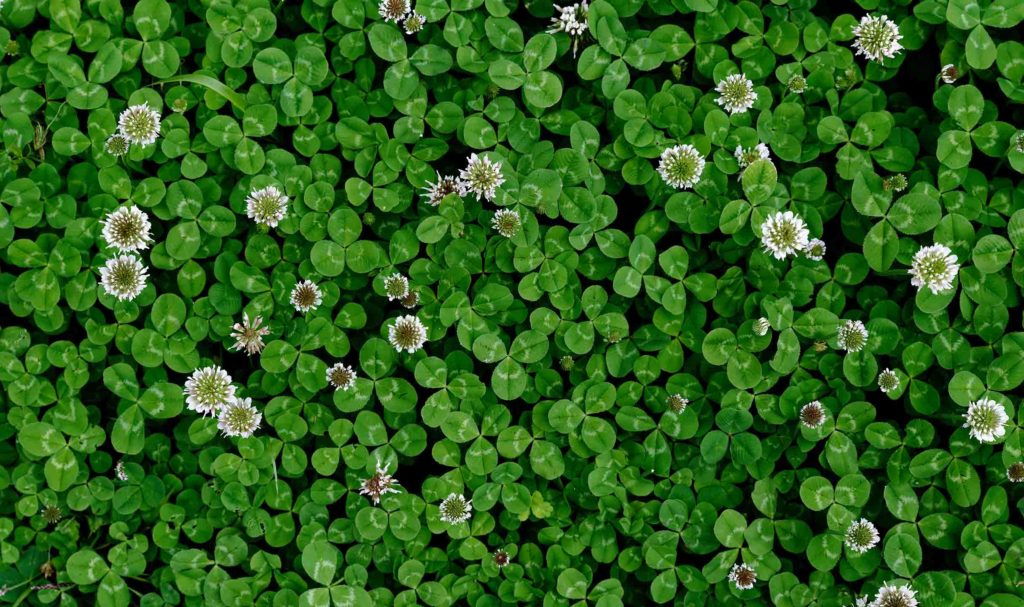
White clover is a common lawn weed in Illinois and many other parts of the world. It can be identified by its three leaves and white flowers, which is why it is often referred to as “white clover.” While this plant may look harmless, it can actually have serious consequences if not properly managed or treated in your lawn. This post will help you learn all you need to know about this pesky lawn weed so that you can keep your lawn lush and healthy!
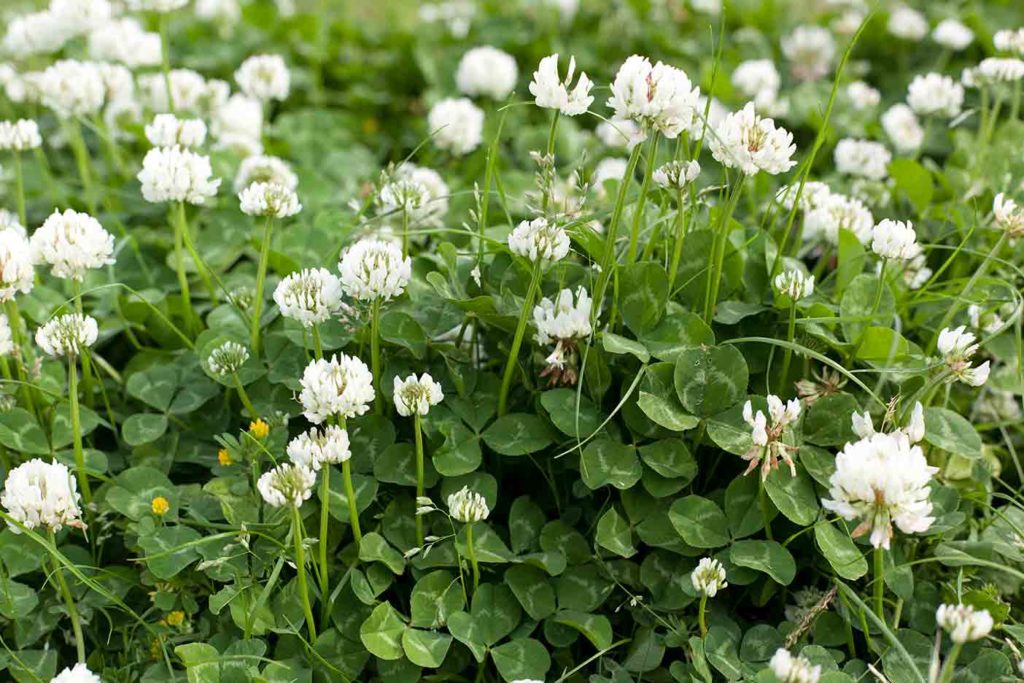
Identifying White Clover
White clover (Trifolium repens) is a short-lived perennial lawn weed that is very common in Illinois, as well as areas throughout the entire world. There are many different types of clovers that belong to the same genus, but white clover is the most common variety you will encounter in your lawn.
These broadleaf weeds are recognizable by their white, puffy flowers and their clusters of 3 petal-shaped leaflets that often have a faint white “V” or crescent shape on them. The familiar white flowers develop as the plant matures, and they sometimes feature a faint pink hue. White clovers grow very low to the ground and can cover an entire lawn quickly. They can grow between 6 and 12 inches tall, but they are typically only 2-4 inches when found in residential lawns.
Key Characteristics:
- 3 rounded leaflets
- White “V” shape on leaves
- Pinkish fruiting pod
- Fine, white flower petals
- Low, creeping growth
- Matted or tangled clusters
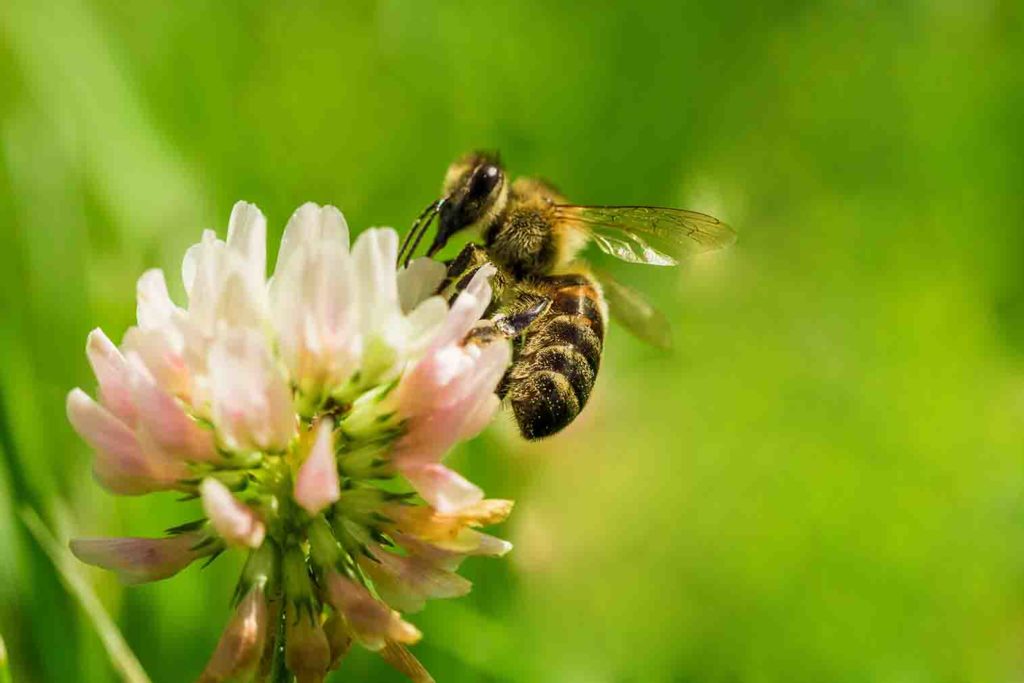
When & Where Does White Clover Grow?
When: White clover thrives in cooler temperatures. In Illinois, you can typically expect to see white clover popping up in lawns from late winter to early spring, and also again from early fall to mid-winter (with flowers blooming in late spring to early summer). It can survive short periods of freezing weather and will often green-up early in spring before your grass does. White clover is most active during the cool seasons, but it can remain green all year long in milder climates. The ideal temperature range suitable for white clover growth is anywhere between 50 and 85 ℉, which enables white clover to spread across different climate zones.
Where: Native habitats of white clover are in Europe and Asia, but it can now be found all over the world where conditions are suitable. In gardens and near wildflowers, white clover will grow wherever warm-season perennials can not survive due to a lack of nutrition in cooler weather. White clover prefers acidic soils that are moist and well-draining, and it is most likely to be found in areas of partial or full sunlight. Any well-drained, fertile soil with a pH between 6 and 7 is prime real estate for white clover.
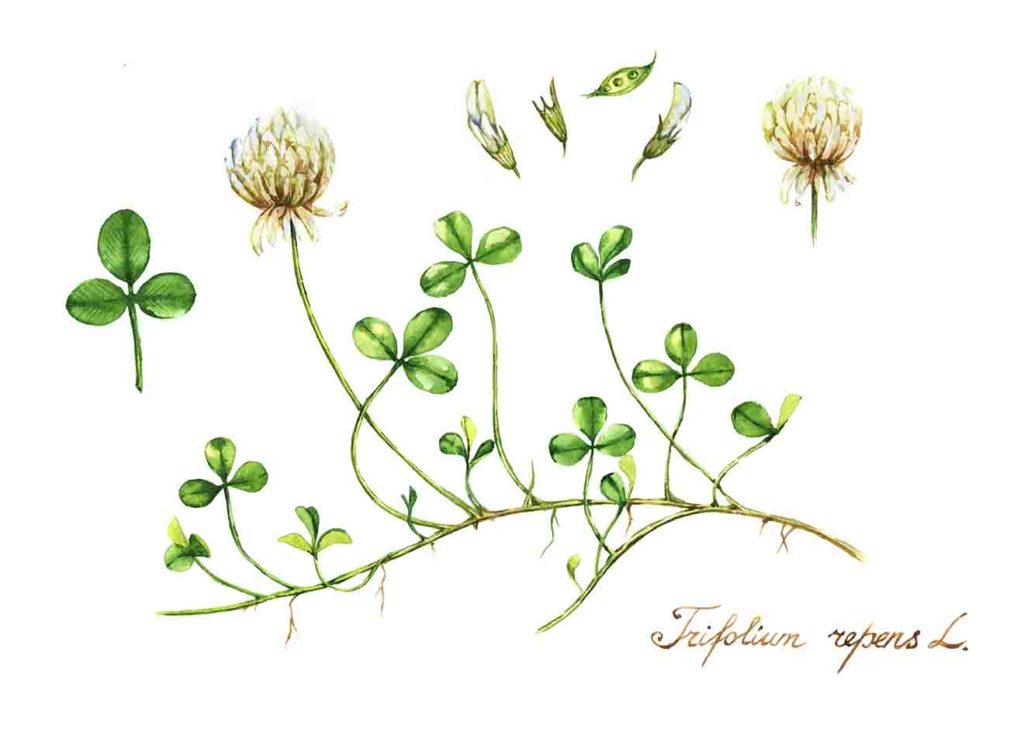
How Does White Clover Spread?
White clover is a self-seeding plant, with a pound of white clover producing up to 800,000 seeds. Though white clover does spread its invasion by producing seeds, the aggressive nature of white clover is in the way existing plants spread across your lawn. White clover has a very dense root system, and each individual plant can produce numerous above-ground stems (called stolons) that quickly take root and form new weeds. This allows the plant to spread rapidly, often forming large patches of white clover in your lawn within just a few weeks. Stolons spread outward on the soil surface, and new weeds take root and emerge from nodes along the stolons.
The stolons and underground runners that spread out from a white clover plant are all offshoots of a single taproot developed by the plant. This taproot is usually less than 2 feet deep, and it does after the first season. After the taproot dies off, the stolons and secondary roots that sprouted from the main root system are left to continue the shallow, outward spread of this weed, both above and below the soil surface.
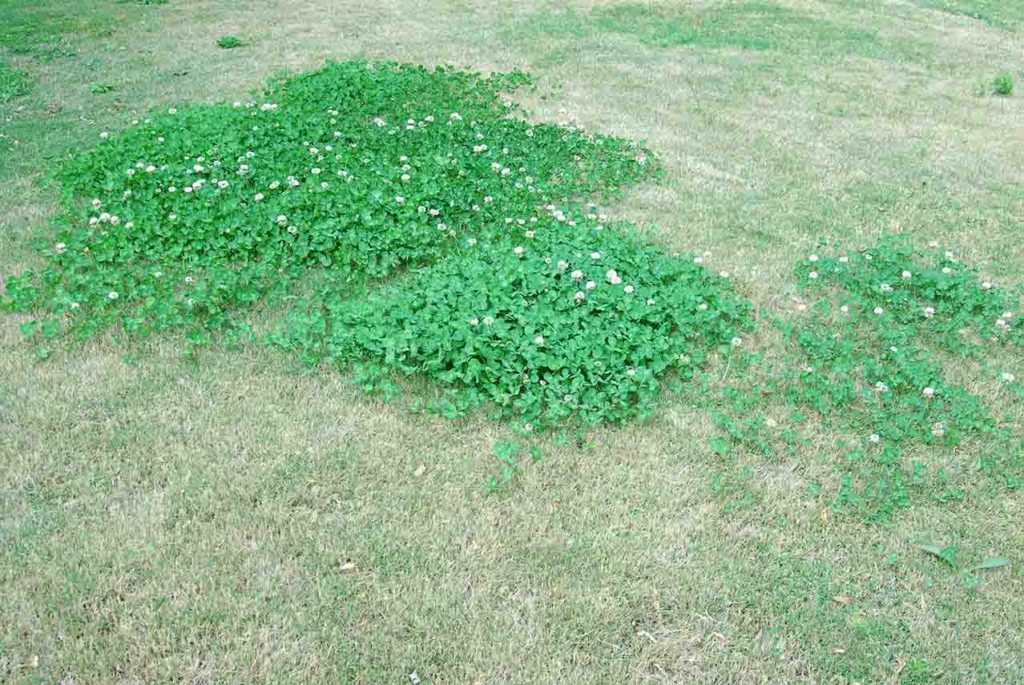
What Does White Clover Do To Lawns?
The shallow roots of white clover are used to absorb nutrients and moisture in the soil before your lawn has a chance to gain access to these resources. As a white clover invasion becomes more widespread, you will notice your grass becoming thinner and discolored due to a lack of proper nourishment. Nitrogen is an essential nutrient for grass growth, and white clover is notorious for stealing nitrogen away from your lawn. More importantly, white clover has the unique ability to produce and store its own nitrogen, meaning that white clover is easily able to overtake a struggling lawn that is nutrient deficient.
In addition, the dense mat of white clover roots and stems can prevent water, air, and nutrients from reaching the soil below. This can further damage your lawn by preventing new grass seedlings from taking root and causing existing turfgrass to become stressed. White clover is also known to harbor lawn diseases, which can spread to your grass and cause even more damage.
- AND OF COURSE, THE BEES! The flower of white clover is rich in nectar, which makes it a hotspot for bees to pollinate. While the presence of bees is certainly a welcomed sight to the environment as a whole, people who like to spend a lot of time on their lawns may not enjoy the uptick in bees and bugs all over the yard.

How To Treat White Clover
For white clover weeds, it is best to use what the lawn care industry calls a “3-way weed spray.” This spray is a combination of herbicides that includes 2,4-D & dicamba. Including a surface surfactant will make the application stick to the weeds better for more effectiveness. Clover can come back after spraying even if it appears dead, so it’s essential to remember your lawn may need multiple treatments to kill clover weeds.
White clover is most vulnerable to herbicide treatments when the flower head is present, meaning the weed has matured. Of course, preventing the weeds from ever growing in the first place is the best form of control you can give your lawn! Call Elite Lawn Care today for all your weed control needs in the Crystal Lake area, and keep the following tips in mind for preventing white clover.
Prevention Tips:
- Apply pre-emergent in early spring to prevent weed seedlings from ever sprouting.
- Monitor nitrogen levels when fertilizing because white clover is notoriously nitrogen-hungry.
- Mow close to 4 inches, which will help block sunlight from reaching the low-growing white clover.
- Pull or dig out the taproot as soon as you see white clover to prevent it from spreading stolons and secondary roots.
CONTINUE READING
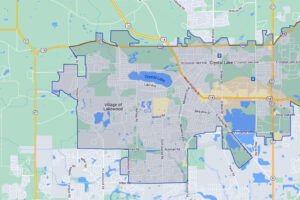
Village Of Lakewood IL | Lawn Care & Landscaping
Elite Lawn Care is one of the top providers for Lawn Care, Landscaping and Snow Removal Solutions in Lake In The Hills and neighboring regions. Our dedication to providing quality service and customer fulfillment has earned us a reputation as a reliable industry leader.
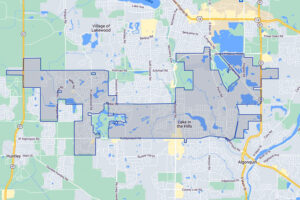
Lake In The Hills IL | Lawn Care & Landscaping
Elite Lawn Care is one of the top providers for Lawn Care, Landscaping and Snow Removal Solutions in Lake In The Hills and neighboring regions. Our dedication to providing quality service and customer fulfillment has earned us a reputation as a reliable industry leader.
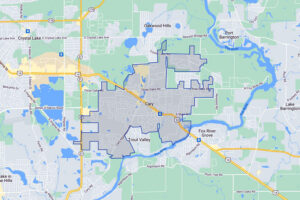
Huntley IL | Lawn Care & Landscaping
Elite Lawn Care is one of the best choices for professional lawn care services in Cary and the surrounding areas. With a steadfast commitment to excellence and customer satisfaction, we have established ourselves as a trusted name in the industry.
